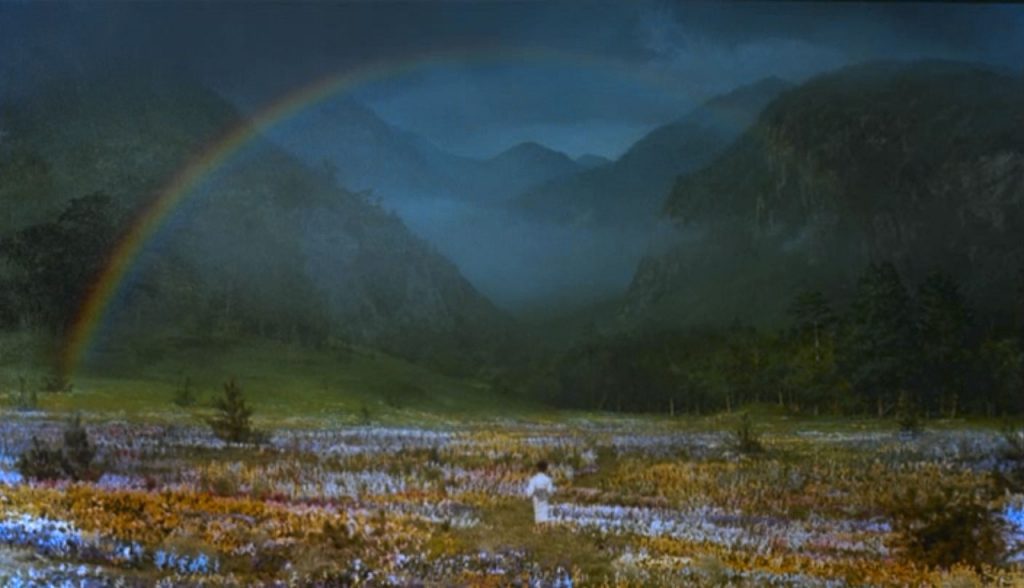April 3, 2017 permalink
Towards a True Children’s Cinema: on ‘My Neighbor Totoro’ →
This is an excellent essay on Miyazaki’s / Studio Ghibli’s place in the canon of art cinema, the nature of “boredom” in the life of children, and how cinematic experiences can be so much more for children than our U.S. blockbusters lead us to believe.
When Roger Ebert asked Miyazaki about the “gratuitous motion” in his films—the bits of realist texture, like sighs and gestures—Miyazaki told Ebert that he was invoking the Japanese concept of “ma.” Miyazaki clapped three times, and then said, “The time in between my clapping is ma.” This calls to mind the concept of temps morts, or dead time, in the European art cinema of the 1960s. Temps morts is a pause, a beat, a breath, a moment that doesn’t advance the plot. But far from being dead, Miyazaki’s moments of “ma” are full of life—there is a simple joy in watching his worlds move. In “animating”—breathing life into—a world that looks like our own, Miyazaki carries forward a spirit from the very beginning of film history.
This is one of the greatest descriptions of the power of animation that I’ve read in a long time, and something that you can see in all of the small moments of Miyazaki’s films.
On children and boredom:
But I think some of the common thinking about children’s boredom and attention is inaccurate. Children are bored standing in line at the bank or the post office, certainly—they have no banking of their own to do, no mail of their own to send. But if you were to put a child and an adult in an empty room full of scattered objects, I suspect the adult would grow bored much faster. […] A child can never exhaust the possibilities of a park or a neighborhood or a forest. Totoro is travel and transit and exploration, set against lush, evocative landscapes that seem to extend far beyond the frame.
Bonus: this essay is from an full Studio Ghibli issue of Bright Wall / Dark Room! I need to start reading this magazine.
